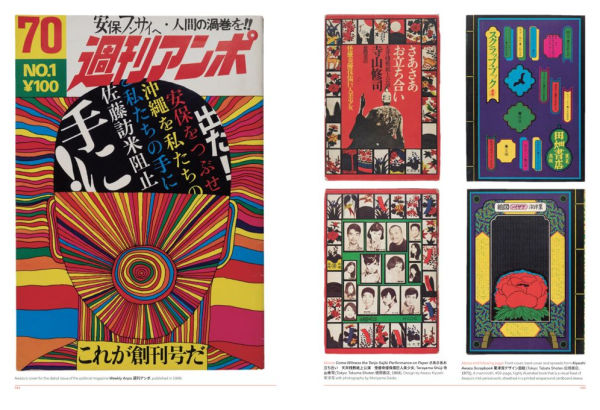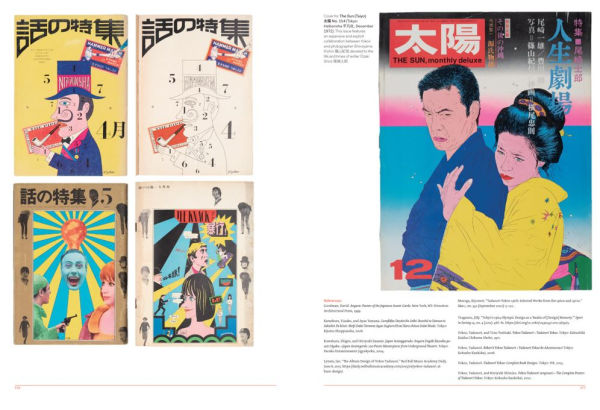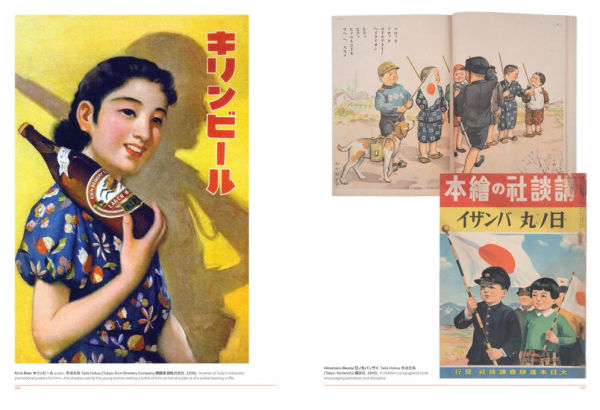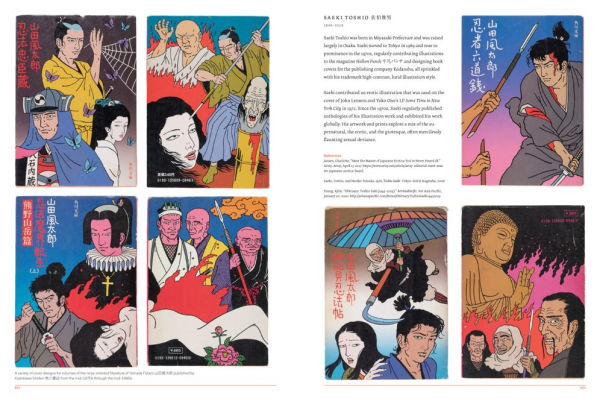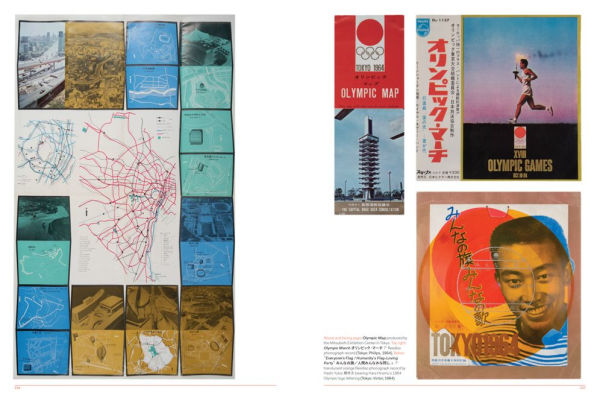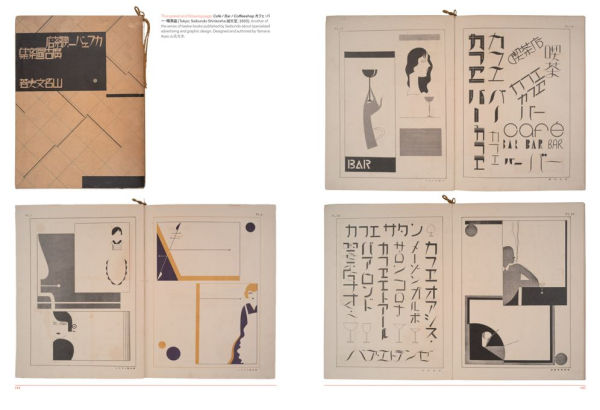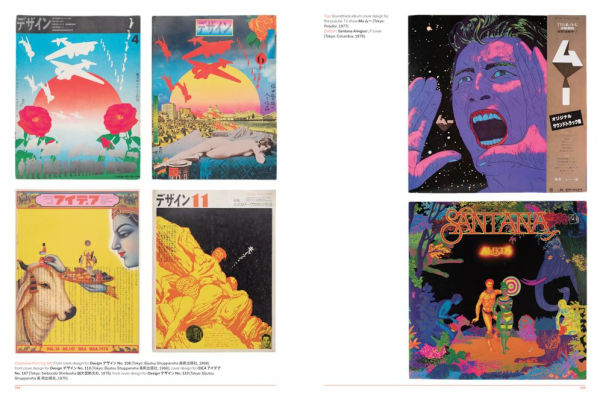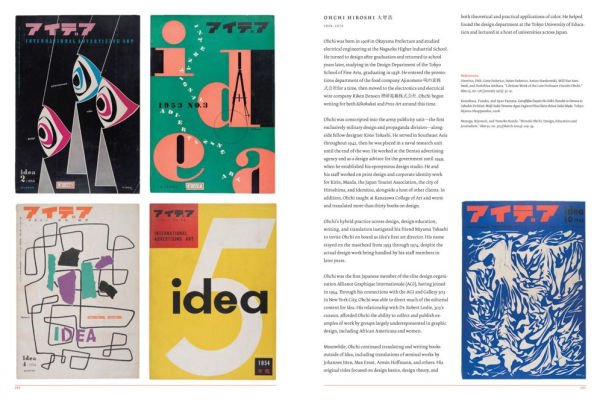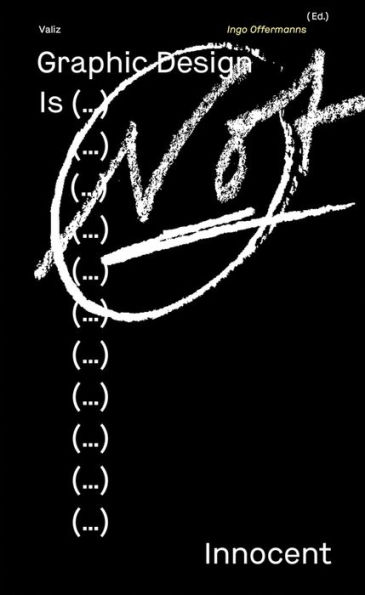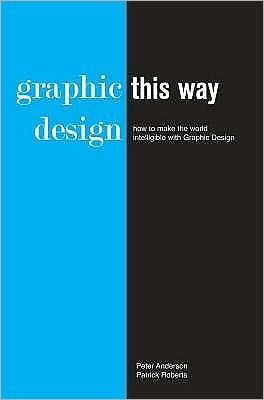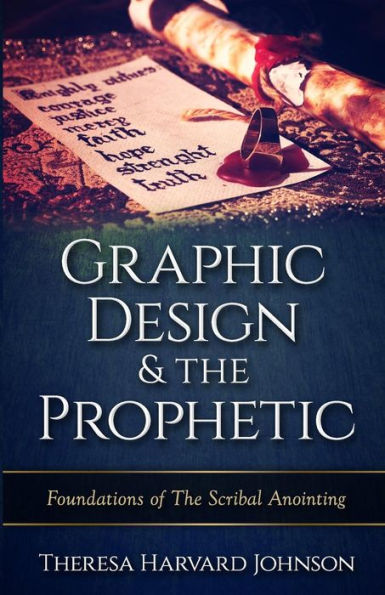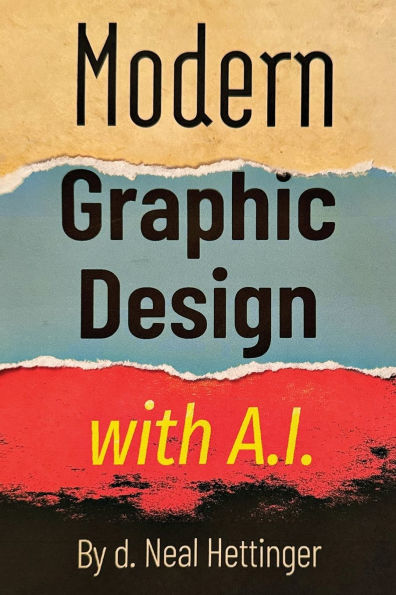Home
Fracture: Japanese Graphic Design 1875-1975
Barnes and Noble
Loading Inventory...
Fracture: Japanese Graphic Design 1875-1975 in Franklin, TN
Current price: $38.00

Barnes and Noble
Fracture: Japanese Graphic Design 1875-1975 in Franklin, TN
Current price: $38.00
Loading Inventory...
Size: OS
The need-to-know names of Japanese graphic design from the late 19th century to the pre-digital decade, presented alongside more than 500 color images of vintage ephemera
With
Fracture
, author Ian Lynam presents a survey of Japanese design across a century as told through the biographies of its most influential creators. The chronology begins less than two decades after Japan's opening to the West, ending a 200-year isolationist policy. Lynam features the stories of more than 90 pacesetters shaping the country's modern aesthetic. We meet Hani Motoko, considered Japan's first female journalist, who commissioned Frank Lloyd Wright to build the "Hall for Tomorrow" schoolhouse in Toshima City, Tokyo. Amid the national propaganda of the interwar period, a vision of the modern Japanese woman emerges in the advertisements of Hisui Sugiura and Tada Hokuu. The 1964 Olympics marked a watershed moment for Japanese design on the international stage, with Yusaku Kamehura's "red circle" logo and the design of pictograms used in the competition for the first time. Finally, the survey concludes with the rise of women's liberation or
ribu
, and the state of graphic design at the threshold of the digital age.
Illustrated with children's book pages, travel posters, maps, product advertisements, erotic magazine covers and more,
functions as a visual treasure trove of Japanese ephemera while also introducing readers to the creative minds behind these formative designs.
Ian Lynam
(born 1972) holds an MFA in graphic design from California Institute of the Arts. He is a faculty member at Temple University Japan Campus as well as at Vermont College of Fine Arts. His previous books on design include
War with Myself
,
The Failed Painter
and
The Impossibility of Silence
.
With
Fracture
, author Ian Lynam presents a survey of Japanese design across a century as told through the biographies of its most influential creators. The chronology begins less than two decades after Japan's opening to the West, ending a 200-year isolationist policy. Lynam features the stories of more than 90 pacesetters shaping the country's modern aesthetic. We meet Hani Motoko, considered Japan's first female journalist, who commissioned Frank Lloyd Wright to build the "Hall for Tomorrow" schoolhouse in Toshima City, Tokyo. Amid the national propaganda of the interwar period, a vision of the modern Japanese woman emerges in the advertisements of Hisui Sugiura and Tada Hokuu. The 1964 Olympics marked a watershed moment for Japanese design on the international stage, with Yusaku Kamehura's "red circle" logo and the design of pictograms used in the competition for the first time. Finally, the survey concludes with the rise of women's liberation or
ribu
, and the state of graphic design at the threshold of the digital age.
Illustrated with children's book pages, travel posters, maps, product advertisements, erotic magazine covers and more,
functions as a visual treasure trove of Japanese ephemera while also introducing readers to the creative minds behind these formative designs.
Ian Lynam
(born 1972) holds an MFA in graphic design from California Institute of the Arts. He is a faculty member at Temple University Japan Campus as well as at Vermont College of Fine Arts. His previous books on design include
War with Myself
,
The Failed Painter
and
The Impossibility of Silence
.
The need-to-know names of Japanese graphic design from the late 19th century to the pre-digital decade, presented alongside more than 500 color images of vintage ephemera
With
Fracture
, author Ian Lynam presents a survey of Japanese design across a century as told through the biographies of its most influential creators. The chronology begins less than two decades after Japan's opening to the West, ending a 200-year isolationist policy. Lynam features the stories of more than 90 pacesetters shaping the country's modern aesthetic. We meet Hani Motoko, considered Japan's first female journalist, who commissioned Frank Lloyd Wright to build the "Hall for Tomorrow" schoolhouse in Toshima City, Tokyo. Amid the national propaganda of the interwar period, a vision of the modern Japanese woman emerges in the advertisements of Hisui Sugiura and Tada Hokuu. The 1964 Olympics marked a watershed moment for Japanese design on the international stage, with Yusaku Kamehura's "red circle" logo and the design of pictograms used in the competition for the first time. Finally, the survey concludes with the rise of women's liberation or
ribu
, and the state of graphic design at the threshold of the digital age.
Illustrated with children's book pages, travel posters, maps, product advertisements, erotic magazine covers and more,
functions as a visual treasure trove of Japanese ephemera while also introducing readers to the creative minds behind these formative designs.
Ian Lynam
(born 1972) holds an MFA in graphic design from California Institute of the Arts. He is a faculty member at Temple University Japan Campus as well as at Vermont College of Fine Arts. His previous books on design include
War with Myself
,
The Failed Painter
and
The Impossibility of Silence
.
With
Fracture
, author Ian Lynam presents a survey of Japanese design across a century as told through the biographies of its most influential creators. The chronology begins less than two decades after Japan's opening to the West, ending a 200-year isolationist policy. Lynam features the stories of more than 90 pacesetters shaping the country's modern aesthetic. We meet Hani Motoko, considered Japan's first female journalist, who commissioned Frank Lloyd Wright to build the "Hall for Tomorrow" schoolhouse in Toshima City, Tokyo. Amid the national propaganda of the interwar period, a vision of the modern Japanese woman emerges in the advertisements of Hisui Sugiura and Tada Hokuu. The 1964 Olympics marked a watershed moment for Japanese design on the international stage, with Yusaku Kamehura's "red circle" logo and the design of pictograms used in the competition for the first time. Finally, the survey concludes with the rise of women's liberation or
ribu
, and the state of graphic design at the threshold of the digital age.
Illustrated with children's book pages, travel posters, maps, product advertisements, erotic magazine covers and more,
functions as a visual treasure trove of Japanese ephemera while also introducing readers to the creative minds behind these formative designs.
Ian Lynam
(born 1972) holds an MFA in graphic design from California Institute of the Arts. He is a faculty member at Temple University Japan Campus as well as at Vermont College of Fine Arts. His previous books on design include
War with Myself
,
The Failed Painter
and
The Impossibility of Silence
.
